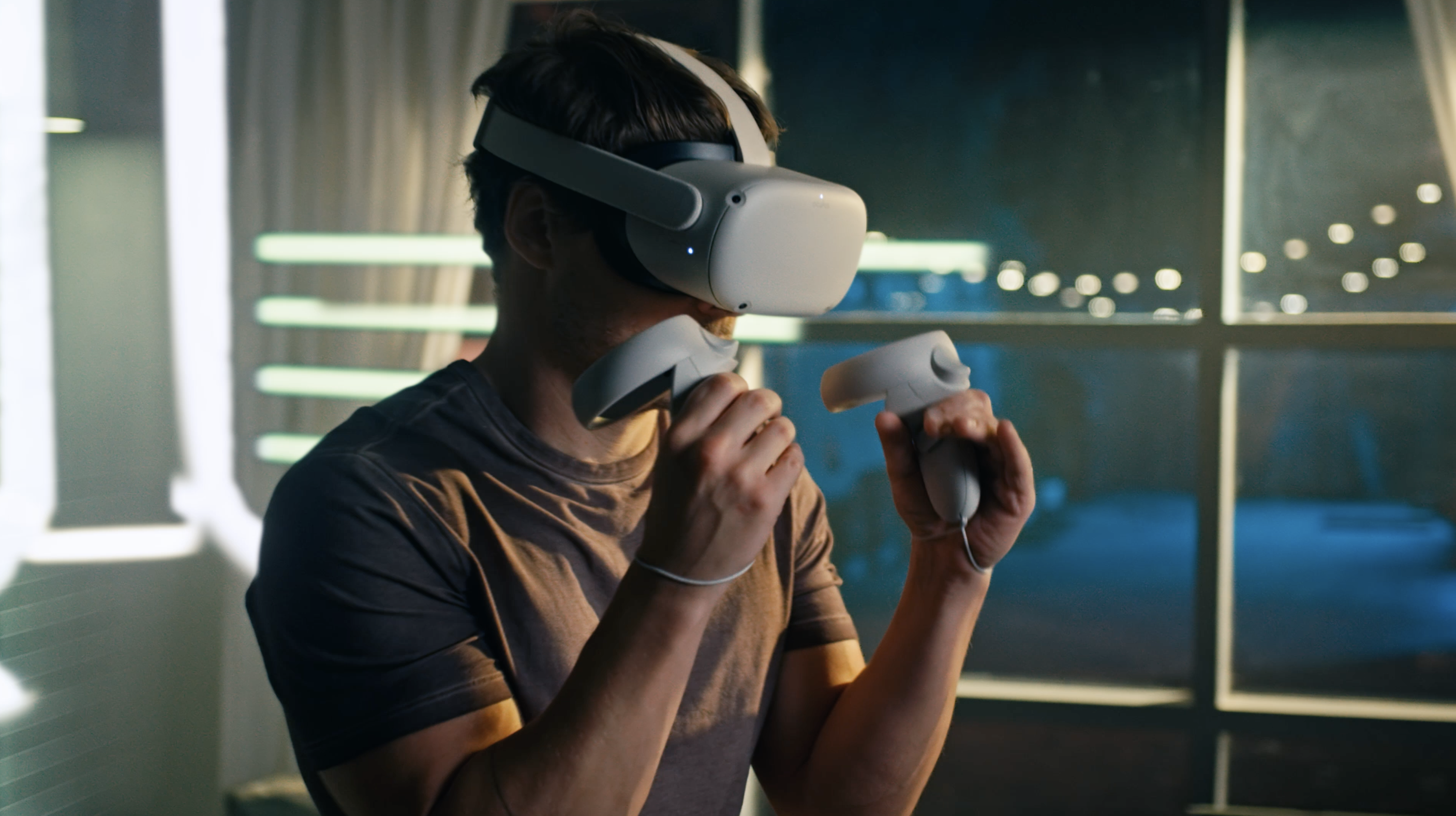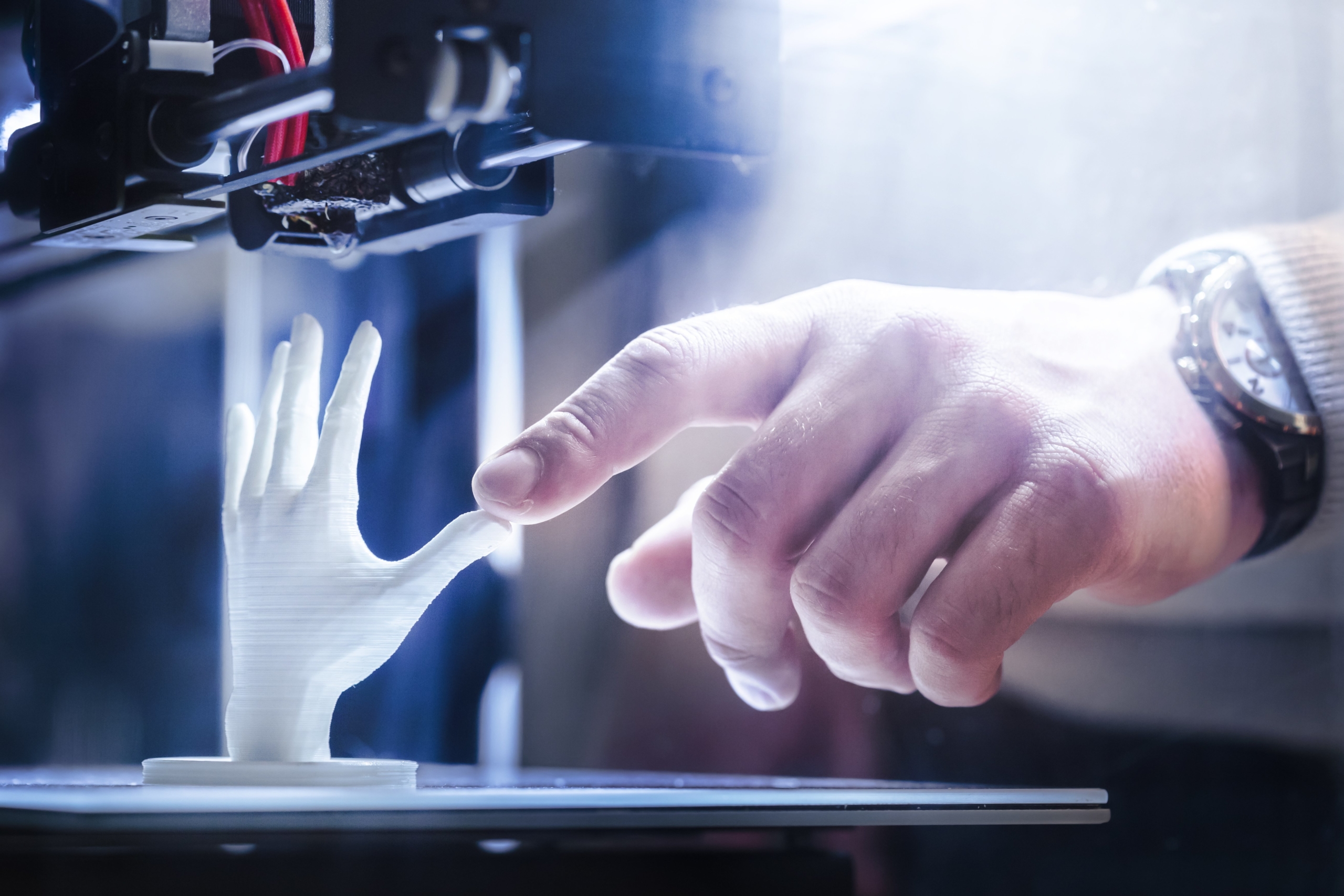Virtual reality (VR) is fast becoming a must-have app for many brands. Augmented reality (AR), on the other hand, has already experienced explosive growth since its introduction in 2015. AR apps are much simpler to implement than VR. It’s also more accessible to developers because it’s based on existing technologies like camera lenses and gyroscopes.
Apps that offer users a virtual experience instead of showing them specific products also fall under this category. Therefore, there are plenty of AR and VR apps available for your use when building mobile apps for retailers, manufacturers or real estate agents. Here’s how these technologies can help your business grow by engaging your customers like never before.
Augmented Reality
AR is a technology that superimposes computer-generated images on physical reality to create lifelike experiences. This ability to mix virtual objects with the real world is already being used for practical purposes like improving efficiencies in industrial settings. AR apps are different from VR apps because the AR experience can be viewed as a virtual overlay of reality. Think of it as a Snapchat filter that you can place on your surroundings.

In other words, AR apps are ideal for business-to-consumer (B2C) use. They let you see the product you’re interested in in a different light, or create a new context so the product looks even more appealing.
Virtual Reality
VR is a technology that creates a simulated environment that users can explore while immersed in it. When users put on a VR headset and take a step into another world, they’re transported to a new reality. VR apps are ideal for B2B use. They let you communicate with your customers by showing them the products they rely on and letting them experience how they would use them if they were in that person’s shoes.

VR apps are expensive to make, though, so you’ll want to use them selectively. They can increase sales and boost brand loyalty, but they also have a tendency to make users feel like they’re interacting with a computer simulation instead of a real person. Therefore, you can lose customers in VR who you don’t want to leave because they’re so in love with the technology.
What makes an excellent retail app?
A great retail app will help customers navigate a store or navigate the store experience. It will also help them compare prices, find similar products and make purchases. It should also help store employees keep track of customers and store inventory. So, how can retailers build better mobile apps with these emerging technologies? Here are a few things to think about.
- Shop at ease. If your app can help customers navigate your store and make purchases, you’ll be one step closer to building a successful mobile app. Your app should be easy to use, have a clear and simple navigation system, and let customers easily find what they’re looking for.
- Be realistic. VR and AR are still new technologies that haven’t yet found their stride. Therefore, you shouldn’t expect your app to be one of the best in the industry just yet. Build for the future, but build for now, too. VR and AR will be even more popular when the novelty wears off.
- Be flexible. Your app doesn’t have to be one-size-fits-all. Let customers select the experience level that’s right for them. For example, you could build separate apps for VR and non-VR users. You could build an app for the store’s newest app or an app for a specific type of customer.
When should you use augmented reality?
AR holds the greatest potential for growth in the B2C market. When you think about it, human beings have always used AR to some extent. People have been using AR apps since the 1990s. Consider using AR in your app if you have products that are complex or have intricate details. AR apps are great for visualizing information, like directions, or playing games on a smartphone.
But they’re not ideal for B2B use. In other words, like VR, they make consumers feel like they’re interacting with technology instead of a real person. AR apps are more accessible to developers because they don’t require complex sensors and cameras. This makes them easier to create and can enable your business to create them quickly. If your app pulls in data from a different source, like a warehouse or sales channel, you could build an AR app to help visualize that data.
Virtual Reality for shopping experiences
VR shopping apps let you explore the world of retail without leaving your home or office. You can walk through virtual stores and interact with products, bringing them to life in front of your eyes. VR apps are great for B2B use because they allow you to create custom VR experiences for your customers.
The biggest challenge when building VR apps is creating experiences that are riveting enough to keep users’ attention. This is because VR apps are much more visual than most other apps. VR experiences are also more expensive to make than AR apps.
The future of retail apps lies in 3D printing and AI
VR and AR aren’t the only techniques for creating engaging mobile apps. Many retailers are also experimenting with 3D printing and AI. Both of these technologies have the potential to launch a revolution in the way brands communicate with their customers. AI, for example, can also help retailers make sense of huge amounts of data.

This could come in handy when analyzing customer data to find out what types of VR and AR apps are most popular among your customers. New technologies like these will likely become more accessible to businesses as they become more advanced. That’s why it’s important to be on the ground floor when it comes to these emerging technologies. Companies that jump on board early and apply them to their existing businesses are likely to be the most successful.
That’s it!
These are only a few examples of how AR and VR can help your business grow and engage customers. Before you invest in these new technologies, make sure you evaluate your business and determine if they’re worth the cost. VR and AR are still in their early days, so it’s important to remember that they aren’t for every business. That said, there’s a lot of potential in these technologies, and it’s important to evaluate your business to see how it can benefit it.



















